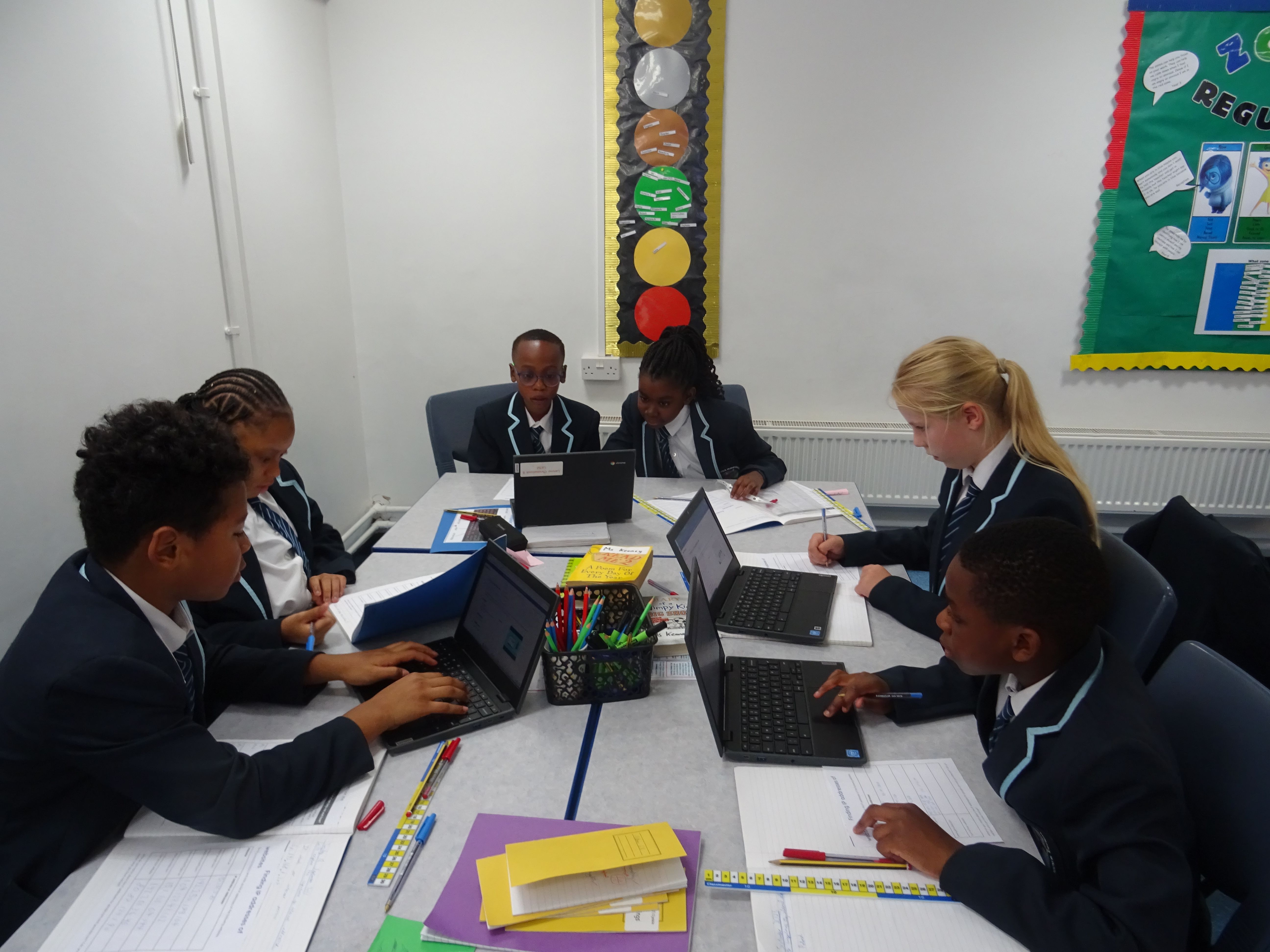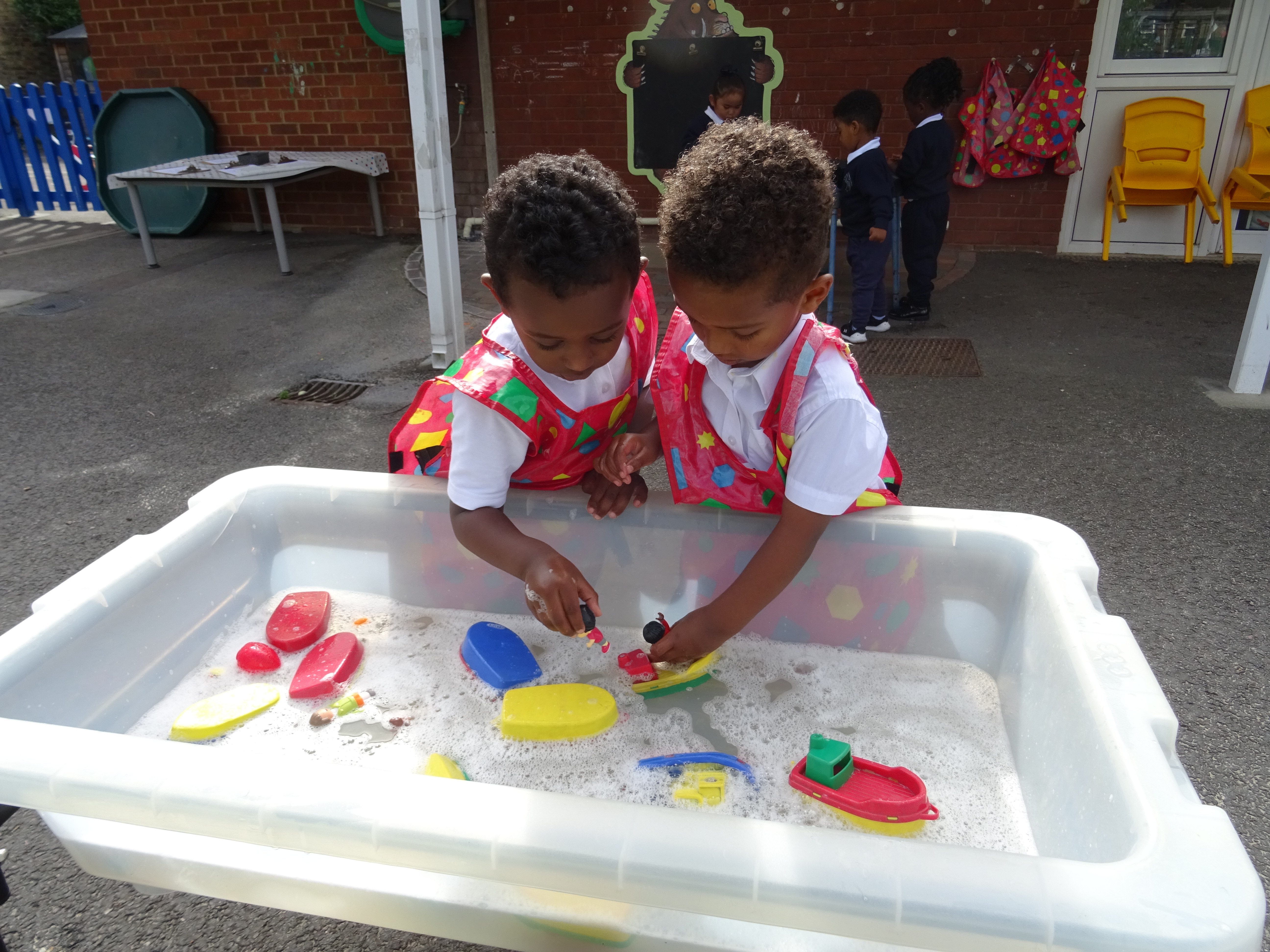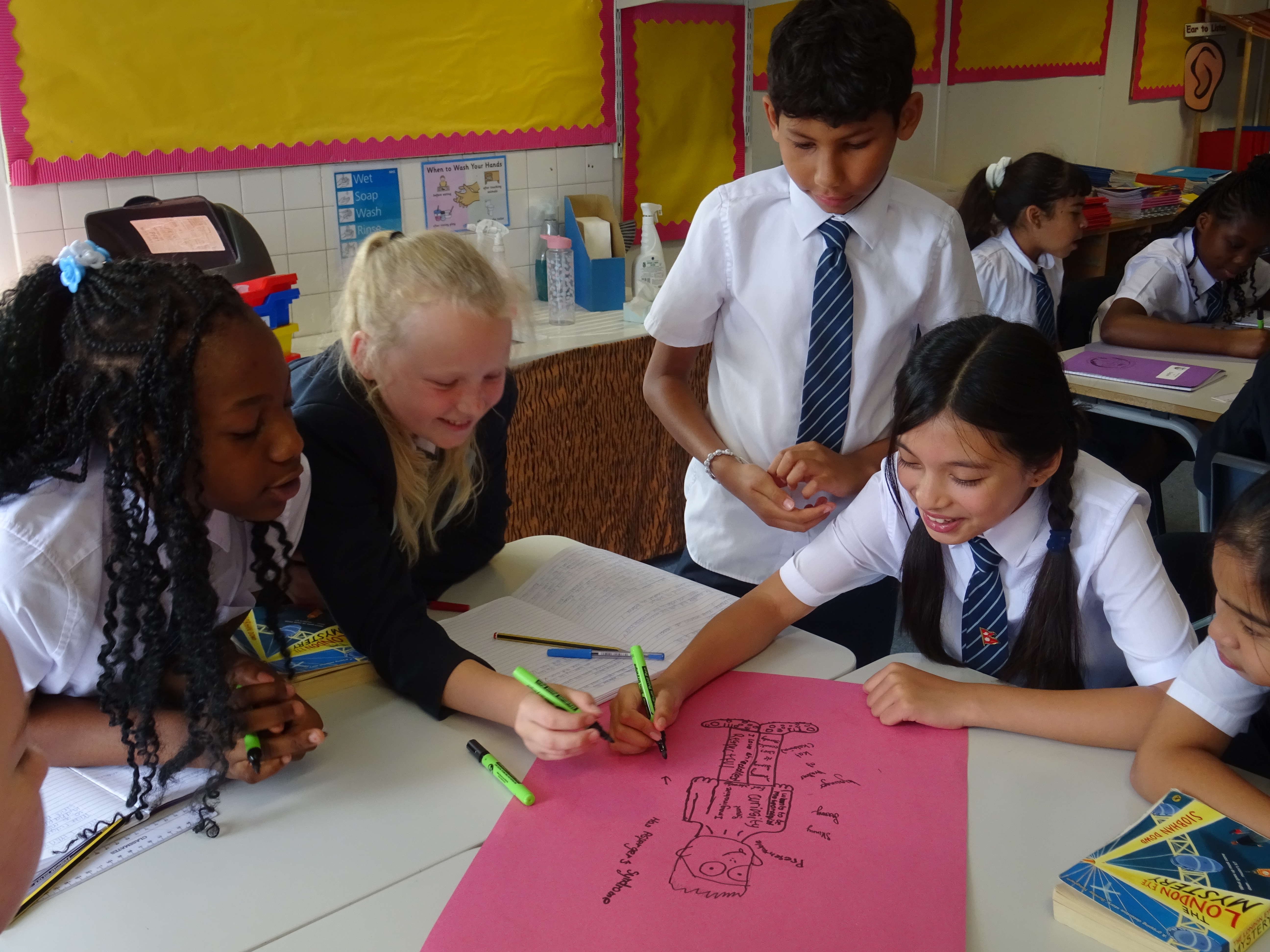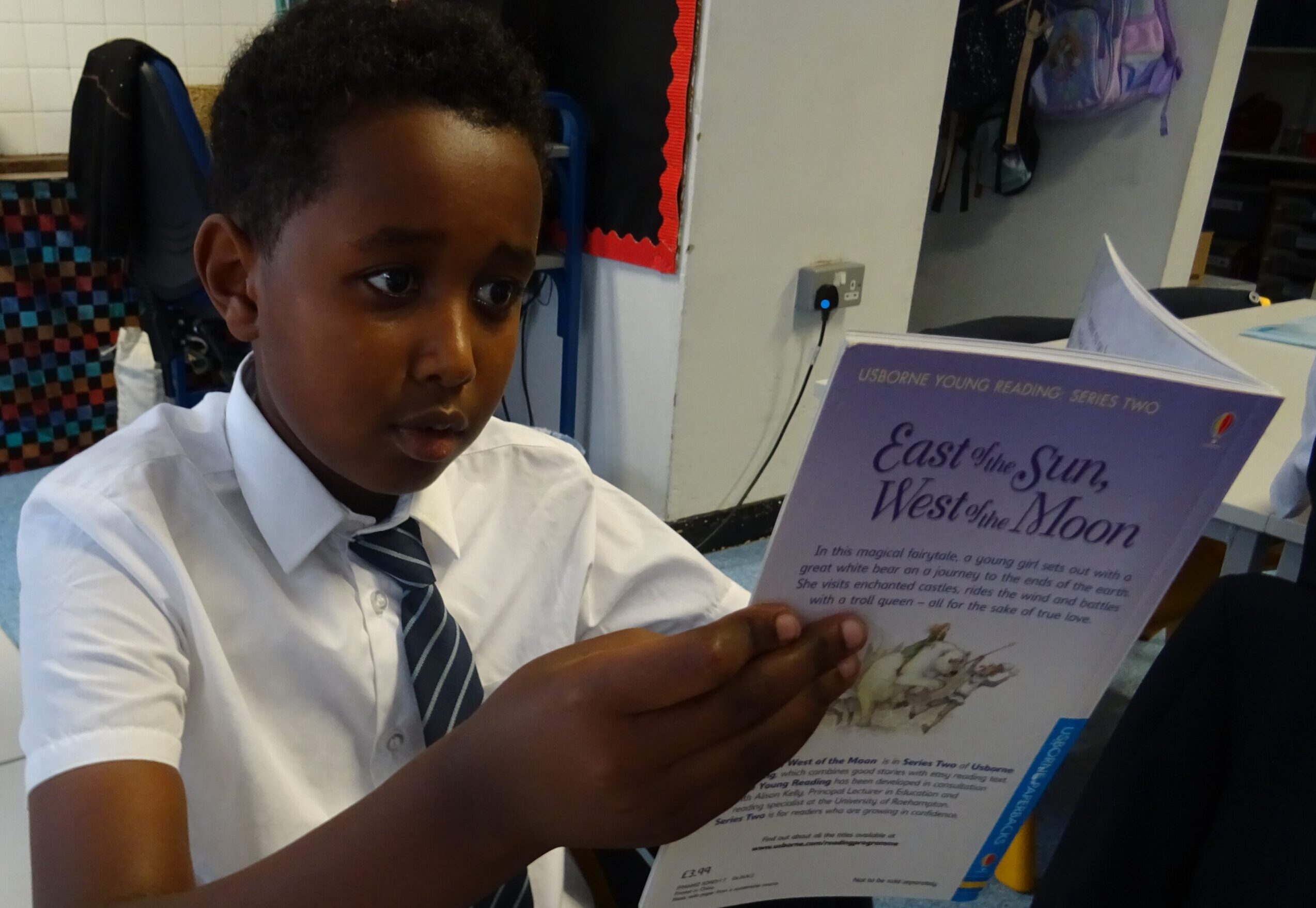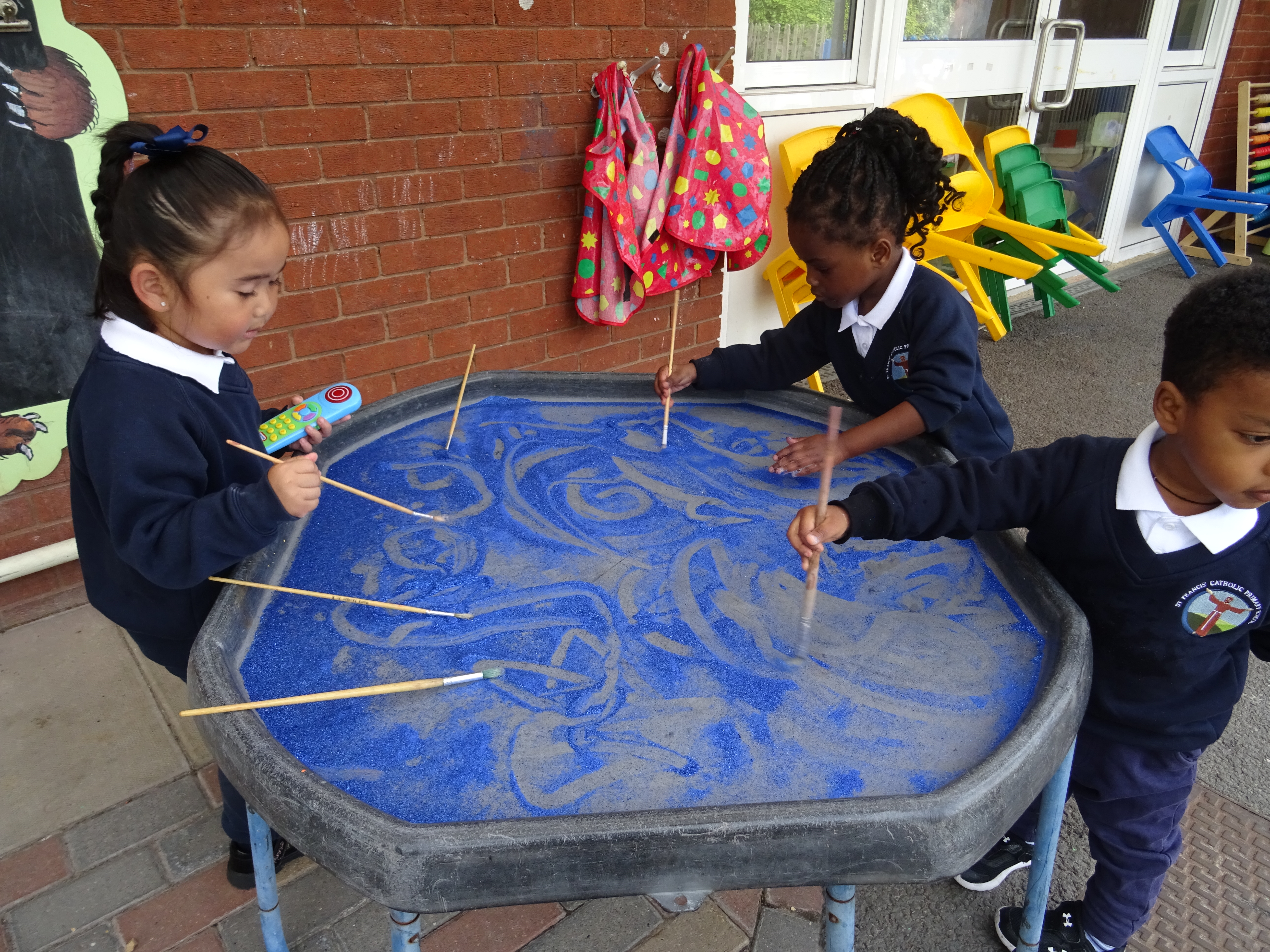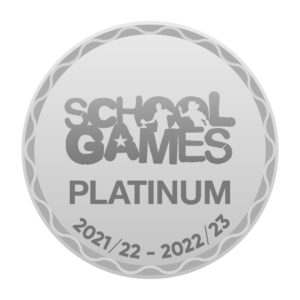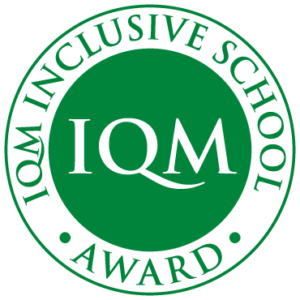Remote education provision – information for parents
This information is intended to provide clarity and transparency to pupils and parents or carers about what to expect from remote education if local restrictions require entire cohorts (or bubbles) to remain at home and if your child is self-isolating.
Please click on the link to view:
Live Lesson Protocols
How to access Google Classroom using Xbox or PlayStation
Parent’s guide to Google classroom
Remote Learning offer
Remote Learning timetable
Remote Learning Policy
Principles of remote education (Reference: What’s working well in remote education? Ofsted, 11 January 2021)
What is remote education?
- Remote education: a broad term encompassing any learning that happens outside of the classroom, with the teacher not present in the same location as the pupils.
- Digital remote education: often known as online learning, this is remote learning delivered through digital technologies.
- Blended learning: a mix of face-to-face and remote methods. An example would be the ‘flipped classroom’, where main input happens remotely (for example through video), while practice and tutoring happen in class.
Principles of remote education (Reference: What’s working well in remote education? Ofsted, 11 January 2021)
- The remote education curriculum needs to be aligned to the classroom curriculum as much as possible. And, just like the classroom curriculum, it needs to be carefully sequenced and ensure that pupils obtain the building blocks they need to move on to the next step.
- Remote education is not the same as digital education. Sometimes, it may be more effective to deliver remote education through worksheets or a textbook
- When using digital remote education, the platform we use shouldn’t be too complicated to use. Just as we don’t need ‘all-singing, all-dancing’lessons in the classroom, remote education often benefits from a straightforward and easy-to-use interface.
- As it’s harder for pupils to concentrate when being taught remotely, it’s often a good idea to divide content into smaller chunks. Short presentations or modelling of new content can be followed by exercises or retrieval practice.
- Consider the most important knowledge or concepts pupils need to know. Focus on those.
- Consider what alternatives exist for traditional practical activities. What can be done at home, or using simulations, for example? Worked examples and modelling can work very well in remote digital education.
- Feedback and assessment are still as important as in the classroom. It can be harder to deliver immediate feedback to pupils remotely than in the classroom, but teachers have found some clever ways to do this.
- It is important for teachers to stay in regular contact with pupils
- Some think that a live lesson is the ‘gold standard’ of remote education. This isn’t necessarily the case. Online concentration can be shorter.
- Quality of teaching is more important than how lessons are delivered
Pupils who are self-isolating
On a pupil’s first day of individual self-isolation, the parents/carers should contact the school office to let the school know that their child is selfisolating. A pack of work will be sent to your child to complete during this time. Once completed the work should be uploaded on Google Classroom.

